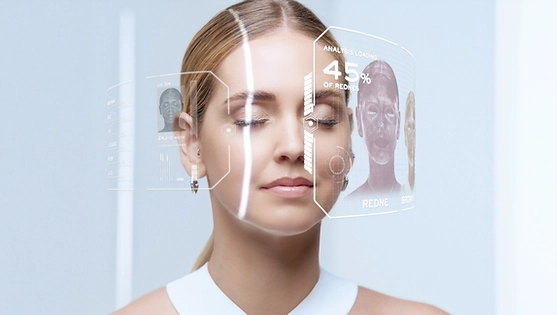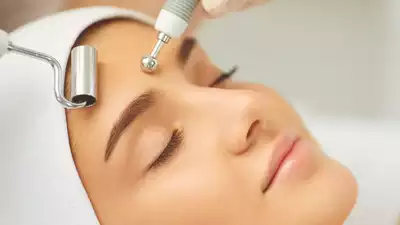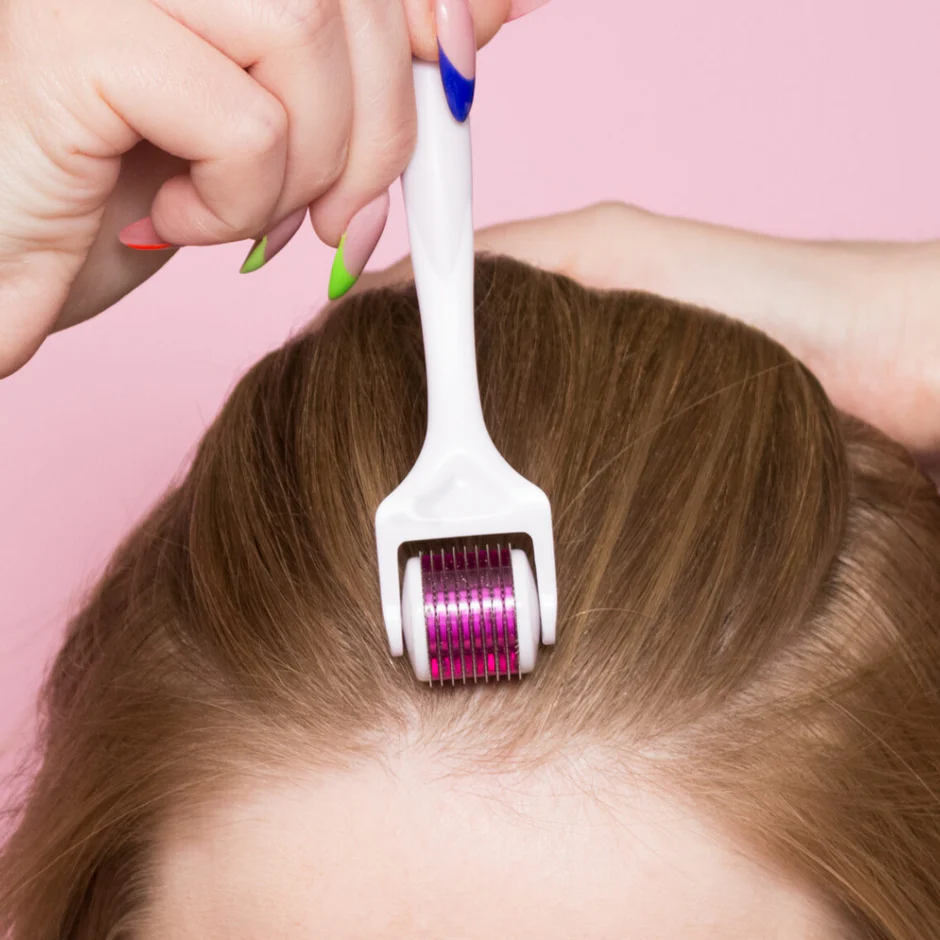The beauty and wellness industry is constantly introducing new ideas and innovations. Recently, technology has transformed how we care for our skin and hair. New treatments for skincare and hair repair are Coming out. These advancements offer more effective, personalized, and accessible solutions. Let’s explore the exciting new technologies shaping the future of beauty.
1.AI-Driven Skincare Personalization

Artificial intelligence (AI) is Changing skincare by giving personalized treatment suggestions based on individual needs. For Example, AI-powered skin analysis tools in apps and devices scan your skin in real time, evaluating hydration, pigmentation, and fine lines. Hence, these tools provide accurate, personalized advice and product tips that are designed specifically to your skin type, concerns, and goals.
In addition, brands like Proven Skincare and Atolla utilize AI to create customized skincare routines. They analyze data such as age, lifestyle, environment, and skin condition. Based on this information, they develop products that work best for each person. As a result, as AI continues to improve, skincare will become even more Clear and better .
2. Microcurrent Skin Tightening

Microcurrent devices have become popular for tightening and toning skin without the need for surgical treatments. They work by using low electrical currents to stimulate facial muscles, which in turn improves skin tightness and reduces sagging. As a result, this treatment helps to Improve skin elasticity and reduce fine lines. Over time, it can also reduce the formation of wrinkles.
Moreover, microcurrent technology has gained significant attention from both beauty lovers and professionals due to its non-surgical restoration abilities. Devices like NuFACE and ZIIP Beauty offer easy-to-use, at-home solutions for those looking to achieve tighter, more youthful-looking skin. This treatment mimics the body’s natural electrical currents, which boosts collagen production and tones facial muscles. As a result, it creates a smoother and more lifted appearance.
3. Laser Skin Restoration & Acne Treatment

Laser technology has revolutionized skin treatments, making procedures faster, more effective, and less invasive. One of the most significant innovations in the field is fractional CO2 laser therapy. This non-invasive treatment targets the deeper layers of the skin, stimulating collagen production and promoting skin renewal. As a result, it is commonly used for acne scars, fine lines, and skin discoloration.
In addition, another promising development is the use of laser technology for hair removal. Lasers such as Alexandrite and Diode lasers are widely used in both clinics and at-home devices, effectively targeting hair follicles for permanent hair reduction. As laser technology continues to improve, we can expect even greater precision and safety in both skin and hair treatments.
4.Scalp Microneedling

Microneedling has gained popularity in hair care, especially when combined with treatments like minoxidil or PRP. Scalp microneedling involves creating tiny, controlled injuries using fine needles, which stimulates hair follicles and promotes hair regrowth.
Furthermore, this technique improves blood circulation in the scalp, allowing better absorption of topical treatments. It also encourages hair follicles to enter the growth phase, enhancing hair regrowth. Many individuals opt for at-home microneedling devices or in-office treatments to address hair thinning. As a result, these treatments help promote fuller, healthier hair.
5 . Robotic Hair Transplants

For individuals experiencing severe hair loss, robotic hair restoration technologies are steadily gaining popularity. One such system, the ARTAS robotic hair restoration system, uses advanced imaging to identify healthy hair follicles. These follicles are then transplanted to areas with thinning or no hair, improving the overall results of hair restoration treatments. Moreover, this technology helps eliminate human error, providing greater precision during hair transplants.
Additionally, the robotic system performs follicular unit extraction (FUE) with less scarring and a faster recovery time. As robotic technology continues to improve, hair restoration treatments are becoming more effective and efficient. As a result, this offers a permanent solution for those dealing with hair loss.
6.LED Therapy

LED light therapy has become a favorite treatment in both skin and hair care. Specifically, the treatment uses targeted wavelengths of light to address skin concerns or stimulate hair growth. For instance, red light therapy activates collagen production and reduces inflammation, making it effective for treating acne, wrinkles, and skin restoration.
Additionally, low-level laser therapy (LLLT) uses red light to stimulate hair follicles and promote hair growth. Devices such as laser combs and helmets are now available for home use, allowing individuals to encourage hair growth comfortably at home. Furthermore, these devices help boost scalp health and prevent hair loss. As a result, people can easily use them in their own homes for better results.
Conclusion
The future of skin and hair care looks bright, thanks to new technology transforming beauty routines. AI-powered personalization, laser technologies, and robotic hair restoration help achieve healthier skin and hair. These advancements offer greater Clarity and less effort in achieving glowing results. As technology grooves, more easy solutions will reshape beauty routines and self-care. Staying up to date with trends helps us use the best products and benefit from visible results.
